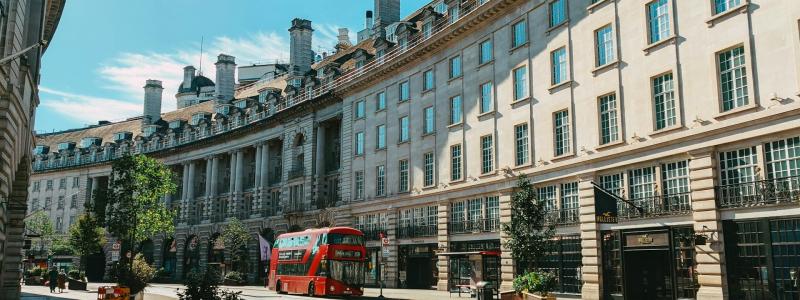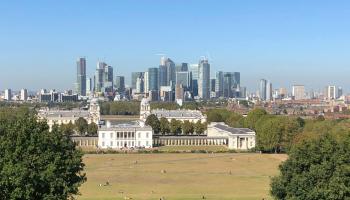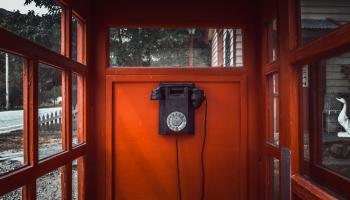July 1, 2025
Understanding the Difference: London, Prime London and Prime Central London
What are the key differences between London, Prime London, and Prime Central London, and what makes PCL the most exclusive property area in the UK?

If you’ve ever looked at buying property in London — or just read the headlines — you may know the term Prime Central London (PCL), it gets thrown around a lot. But what does it actually mean? And how is it different from “London” or even just “Prime London”?
As someone who works in Private Banking, it's a term I know well and spend a lot of time dealing with properties in the PCL area. Anyone who works in the property sector and deals with properties in this area should be as familiar as possible with it.
What Do We Mean by “London”?
First things first, “London” can mean different things depending on context.
There’s Greater London — all 32 boroughs plus the City of London. That covers everywhere from Croydon to Camden, Wimbledon to Walthamstow.
Then there’s Central London, the inner core where most of the action happens — Westminster, the West End, the City, and so on.
When people talk about “buying in London,” they could mean anything from a studio flat in Zone 3 to a penthouse near Hyde Park.
What Is “Prime London”?
“Prime London” is where we start to narrow things down. It refers to the most desirable and expensive parts of the capital. Think good schools, leafy streets, grand homes, and strong investment potential.
Prime London can be split into two broad groups:
- Prime Central London (PCL) — the ultra-exclusive core (we’ll come to that)
- Outer Prime London — places like Hampstead, Richmond, Wimbledon, and St John’s Wood
These are still high-value areas, but they’re not what most agents or investors mean when they say “PCL”.
What Counts as Prime Central London (PCL)?
Prime Central London is the crown jewel — the most prestigious and historically expensive neighbourhoods in the city. We’re talking:
- Mayfair
- Knightsbridge
- Belgravia
- Chelsea
- Kensington
- St James’s
- Marylebone
- South Kensington
- Notting Hill (select areas)
- Holland Park
Postcodes like SW1, SW3, SW7, W1, W8 — if you know, you know.
These places are home to embassies, celebrities, hedge fund managers and more than a few property billionaires. They’re often just a short walk from Hyde Park or Buckingham Palace and tend to be full of immaculate period buildings.
What Makes PCL Different?
Here’s what sets PCL apart:
- Historic value: Many buildings are Grade II listed or sit within conservation areas
- Tight supply: Very little new development, so properties are rare
- Global demand: Attracts high-net-worth buyers from around the world
- Sky-high prices: It’s not unusual to see £2M+ as a starting point for a flat
- International feel: You’re as likely to hear French, Arabic or Mandarin as English
Put simply, this is top-tier property, and it behaves very differently to the rest of the market.
Final Thoughts
If you’re thinking about property in London, either buying or just getting familiar with it, it’s important to know the difference between:
- London – the whole city, broadly speaking
- Prime London – the more desirable, expensive bits
- Prime Central London – the most prestigious addresses in the country, if not the world
Each has its own price trends, buyer profiles, and long-term prospects. PCL isn’t just expensive — it’s a class of its own.



Comments (0)
Want to comment on this page? Login or Register.